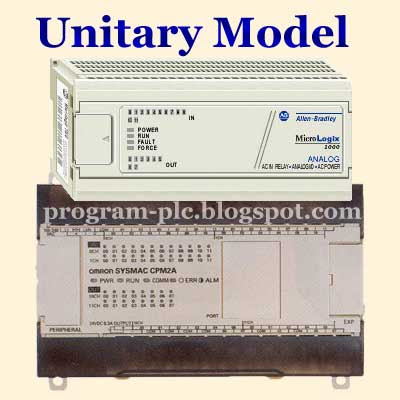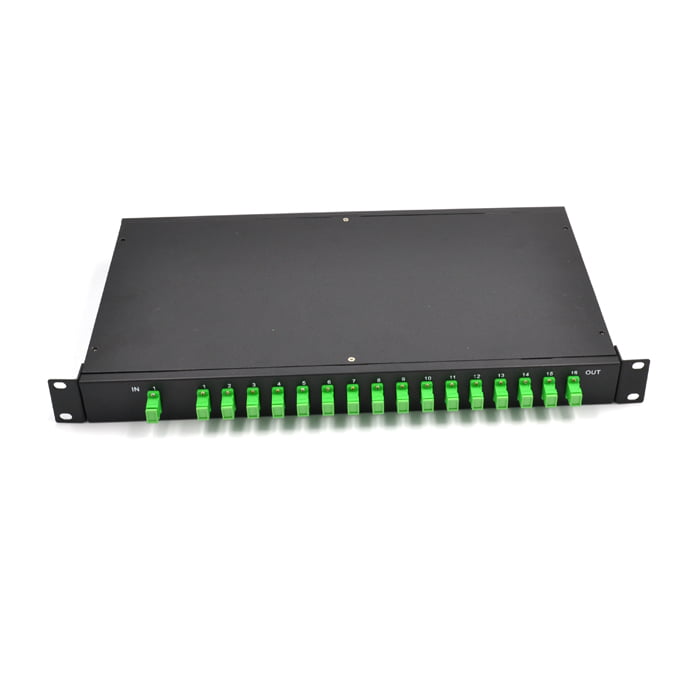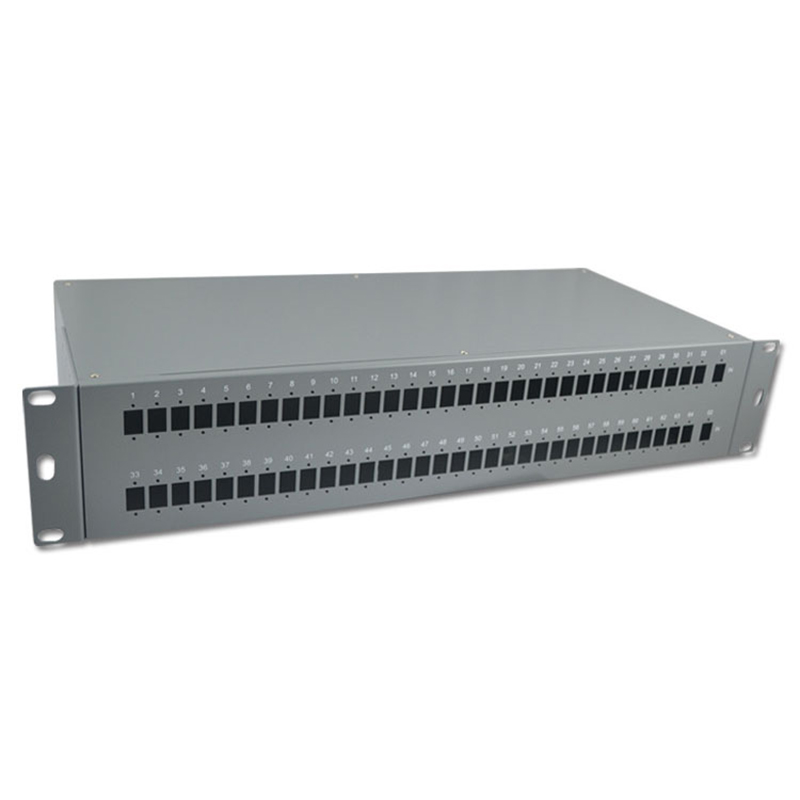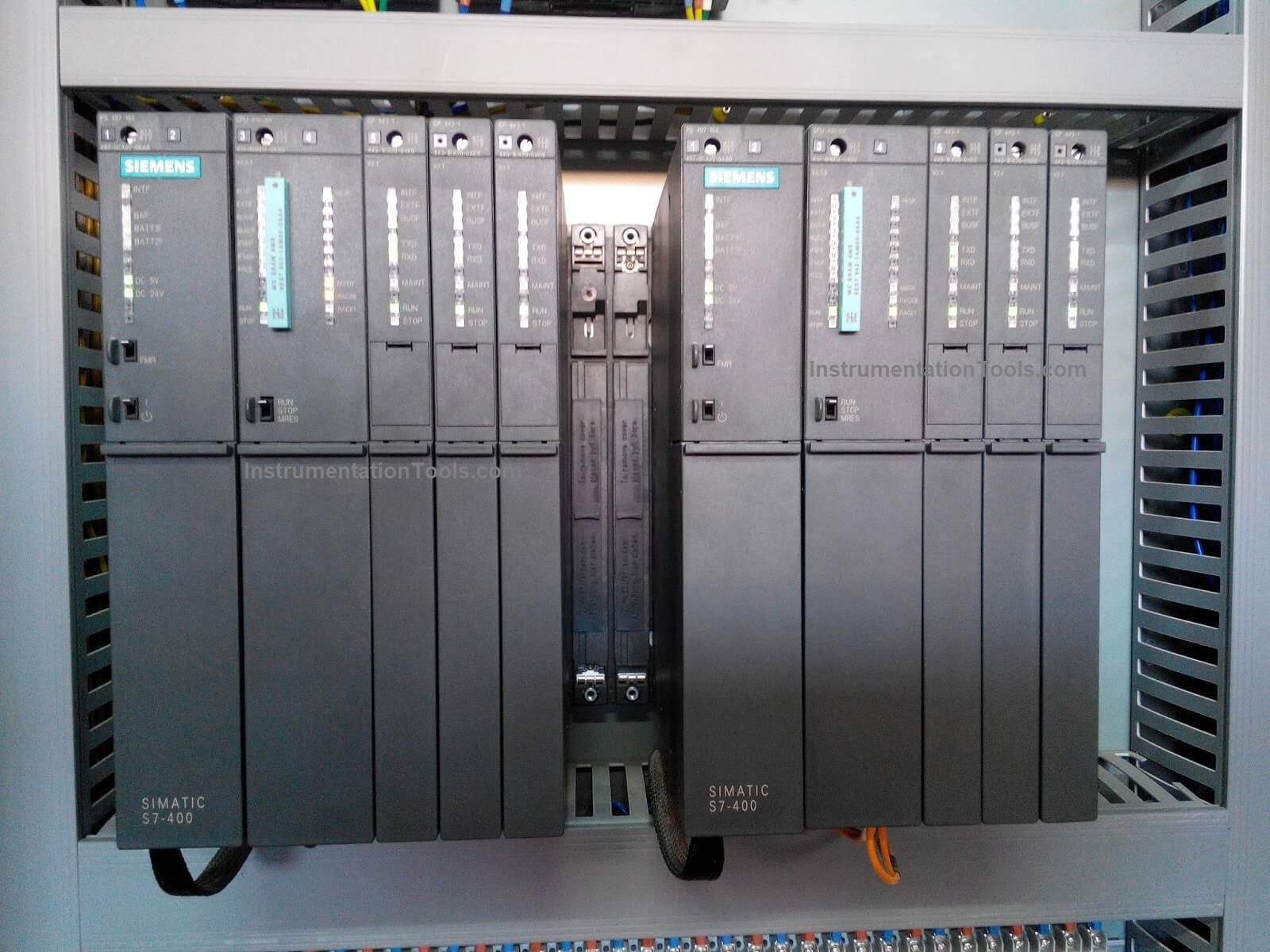A rack mounted programmable logic controller (PLC) is a specialized computer-based system that is used to control and monitor industrial processes. It is designed to be mounted on a rack, which is a standard frame used for organizing electronic equipment in a data center or industrial control room.
PLCs are widely used in a variety of industries, including manufacturing, power generation, oil and gas, and water and waste treatment. They are an essential component of automation systems and are used to control machines, conveyor belts, and other industrial equipment. They can be programmed to perform a variety of tasks, such as monitoring sensors, controlling motors, and communicating with other devices.
Rack mounted PLCs are typically more powerful and feature-rich than other types of PLCs. They have larger memory capacities and can support more complex programs. They also have a wider range of input and output capabilities, which makes them well-suited for use in more demanding industrial environments.
One of the main advantages of rack mounted PLCs is their flexibility. They can be easily configured to meet the specific needs of different applications. This is especially useful in situations where the control requirements of a process may change over time.
In addition to their flexibility, rack mounted PLCs are also highly reliable. They are designed to withstand harsh industrial environments and are typically built with robust housing and other protective measures to ensure they can withstand vibration, dust, and other factors that can impact their performance.
Overall, rack mounted PLCs are an essential component of industrial automation systems. They offer a high level of flexibility, reliability, and performance, making them an excellent choice for a wide range of applications.







